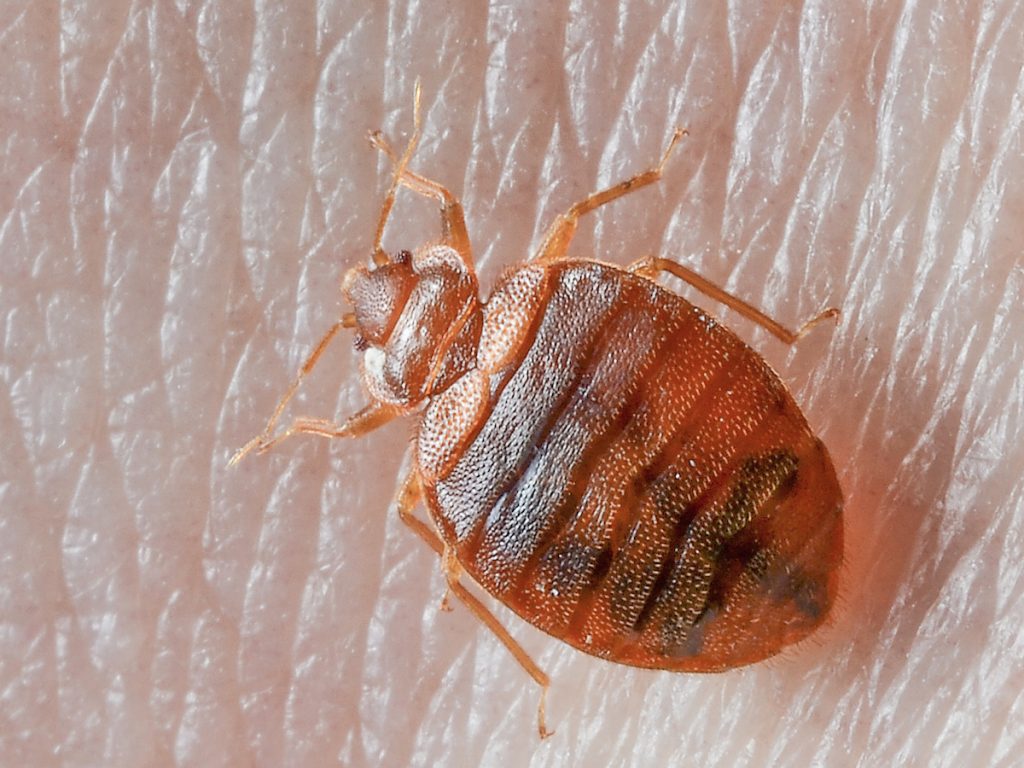Have you ever noticed weird, tiny creatures crawling around your bed? You may be wondering “What types of bugs live in beds?” Unfortunately, it’s not uncommon for various bugs to make their home in your mattress and sheets, no matter how clean you keep them. In this article, I’ll be taking an in-depth look at the different bugs that can make your bed their home.
Common Bed Bugs
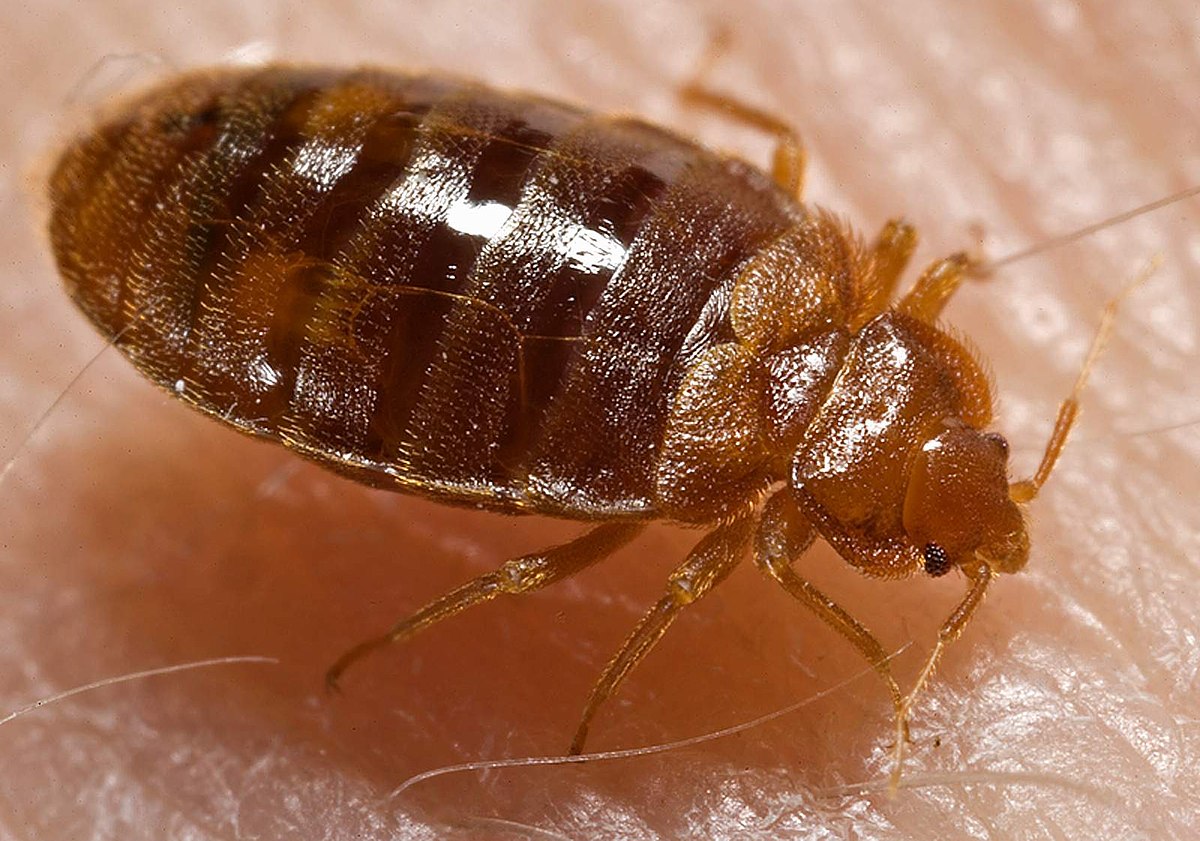
Bed bugs are the most common type of bug that can be found in beds. They feed on human and animal blood and can quickly multiply in numbers. They are small, flat, and oval-shaped, and often hide between mattresses, cracks in furniture, and other tight spaces. Bed bugs are easily transported and can be carried by people on clothing or in belongings.
Dust Mites
Dust mites are tiny bugs that feed off of dead skin cells, commonly found in sheets, mattresses, and pillows. They are too small to be seen, but can cause allergies and asthma symptoms. They thrive in warmth and humidity, and can also be found in carpets, clothes, and bedding.
Fleas
Fleas are small, wingless insects that feed on the blood of humans and animals. They are often brought into homes on pets and can quickly spread from one room to another. Fleas are reddish-brown and can be found in carpets, rugs, and cracks in furniture. Flea bites can cause red bumps and intense itching.
Mites
Mites are very small bugs that live on both humans and animals. They feed on skin cells, and can cause skin rashes and itching. Mites are commonly found in mattresses, pillows, and bedding, and can be difficult to eliminate.
My bed can be a haven of comfort, but it can also be a haven for bugs. Bed bugs, dust mites and other creepy crawlies can lurk in our beds undetected. To deal with an infestation, it’s important to understand the signs of one.
Signs of Infestation
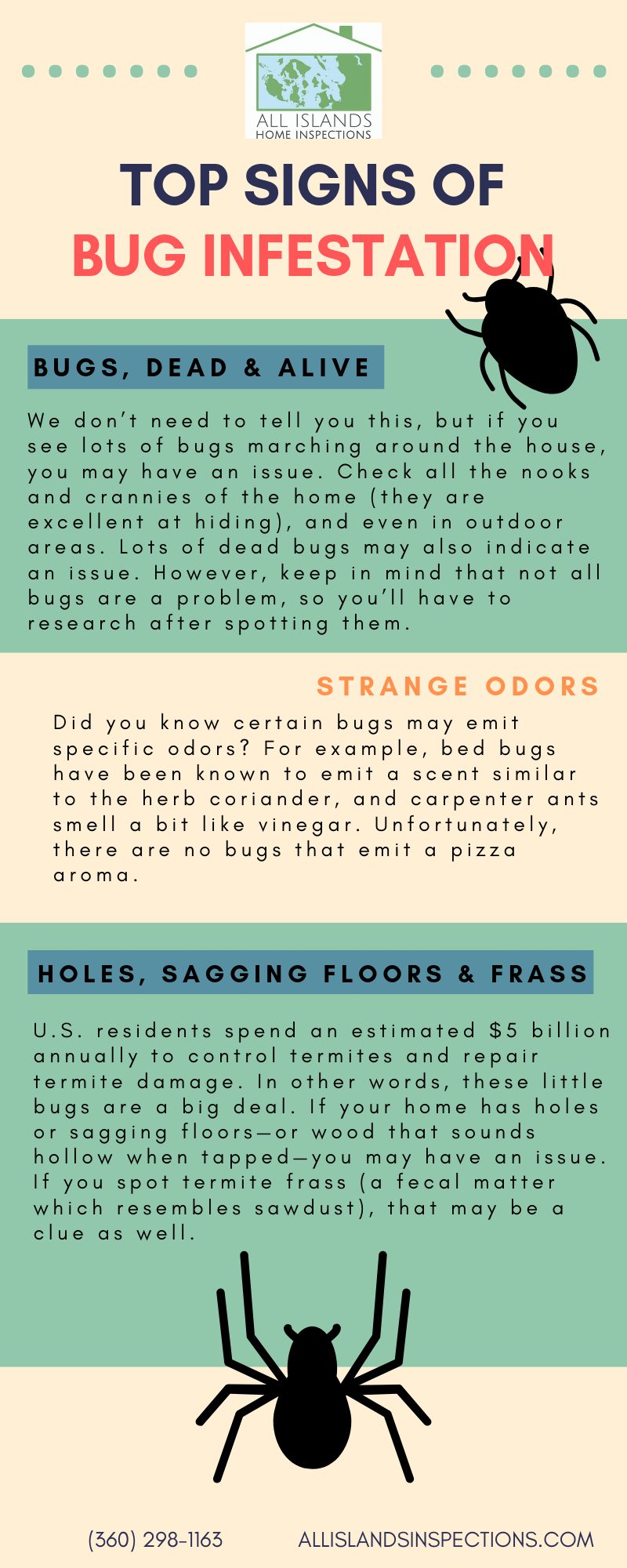
There are a few indicators that suggest you may have a bug problem in your bed.
1. Bites
Bed bug bites cause an itchy, red rash on the skin. The bites can appear on any exposed skin, but are most often seen on the arms and legs. The rash is usually in a line or cluster, and can get worse over time.
2. Bloodstains
Another sign of bed bugs is bloodstains on the sheets or mattress. This is caused by bed bugs being crushed when the bed is used. The bloodstains are usually small, but can indicate a large infestation.
3. Fecal Spots
Bed bugs also leave dark specks on the mattress, which are their fecal matter. The spots are usually found near the seams of the mattress, and can be quite large if the infestation is severe.
4 Shed Skins
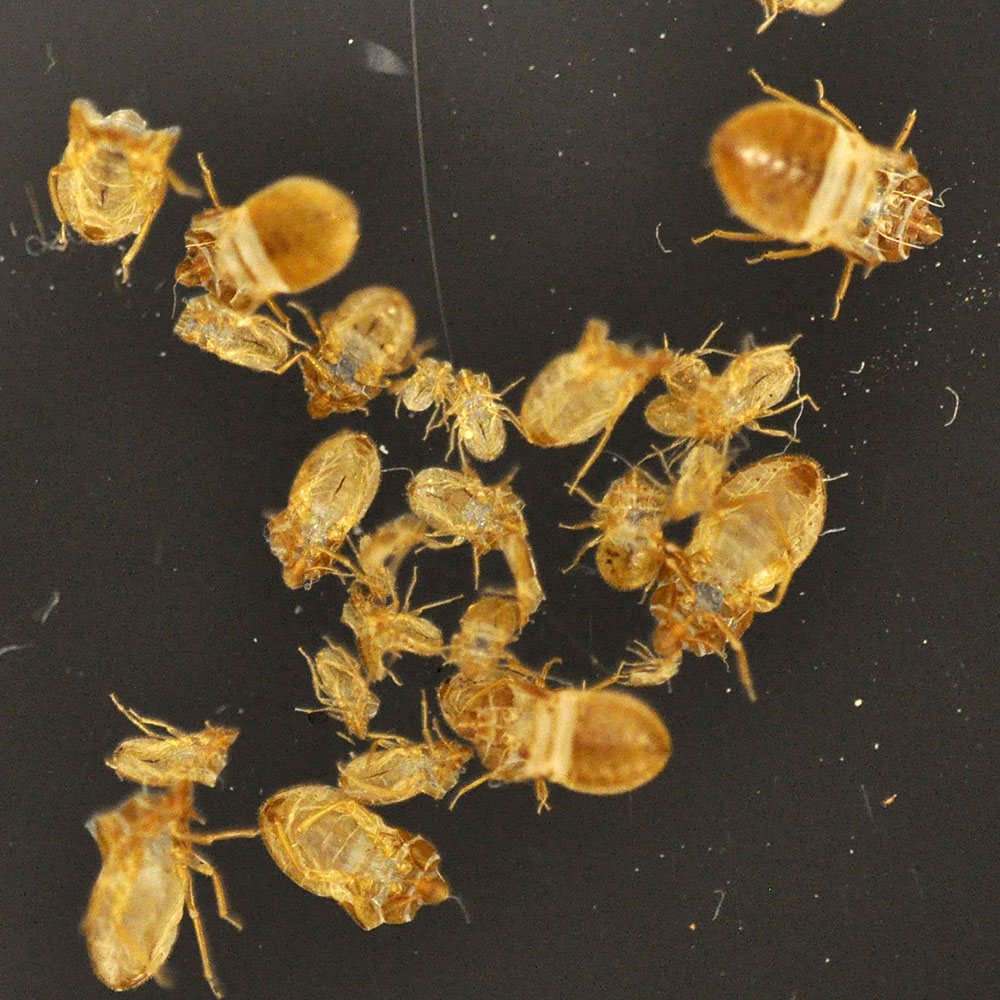
Bed bugs are small, nocturnal insects that feed on the blood of humans and other warm-blooded animals. As part of the bug’s lifecycle, they shed their skin several times. These shed skins are often a telltale sign of a bed bug infestation. Here are the four stages of shed skin you may find:
| Stage | Appearance |
|---|---|
| First Instar | Transparent, 1mm in length |
| Second Instar | Transparent, 1.5mm in length |
| Third Instar | Milky, 2mm in length |
| Fourth Instar | Milky, 4mm in length |
These shed skins may be found on bed sheets, pillows, mattresses, and around the bed frame. They may also be found in other areas of the home, such as behind electrical switch plates and baseboards, as well as in the creases and seams of furniture.
Treatments
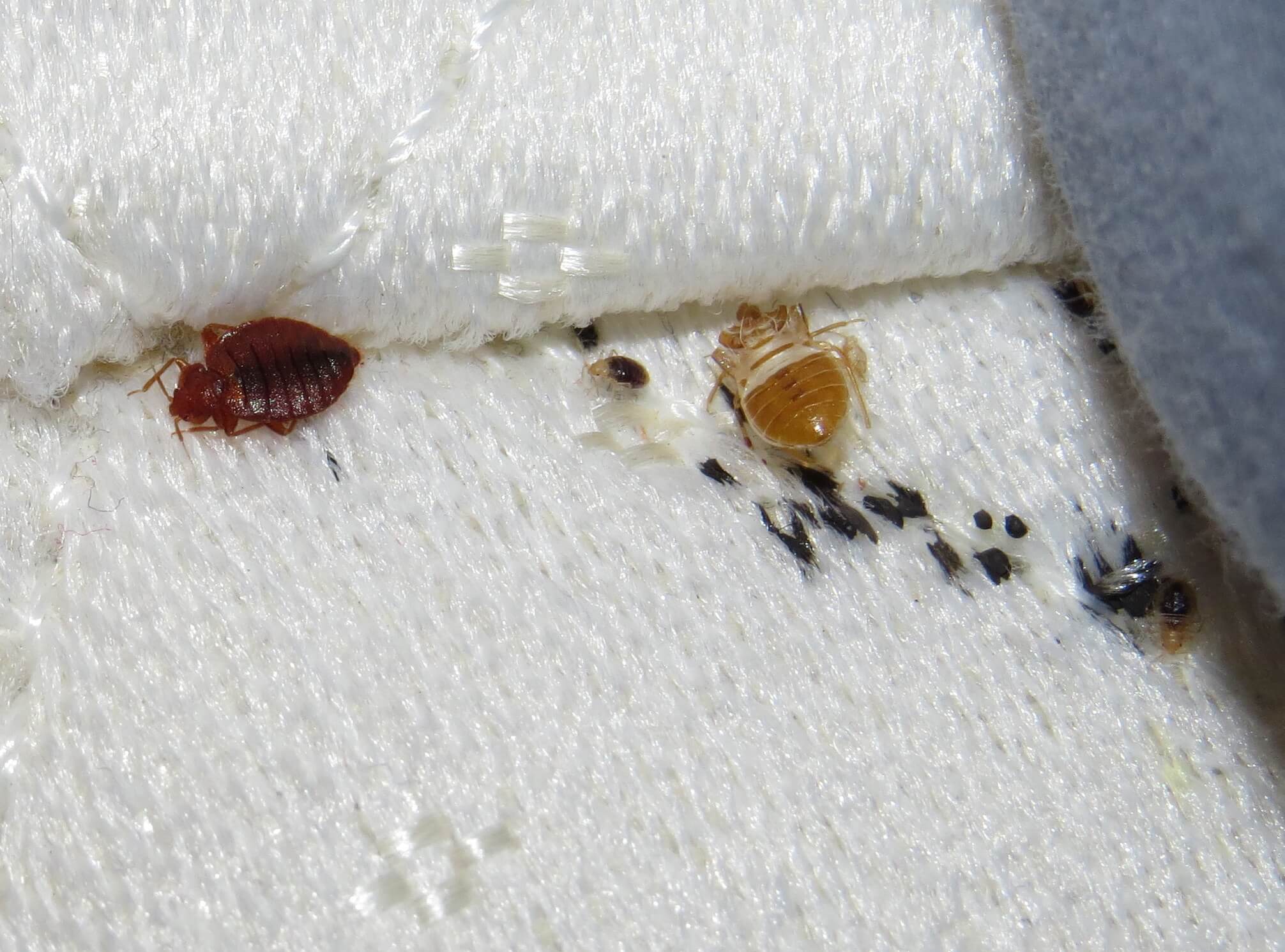
Once you have identified the type of bug living in your bed, you can use various treatments to address the infestation. Vacuuming regularly is recommended as it can help reduce the number of bugs in your bed. You can also treat your mattress and bedding with pesticides, such as pyrethrins or pyrethroids. If you choose to go this route, be sure to follow the instructions on the pesticide label carefully. If the infestation is severe, you may need to call a professional pest control service.
1 Vacuuming
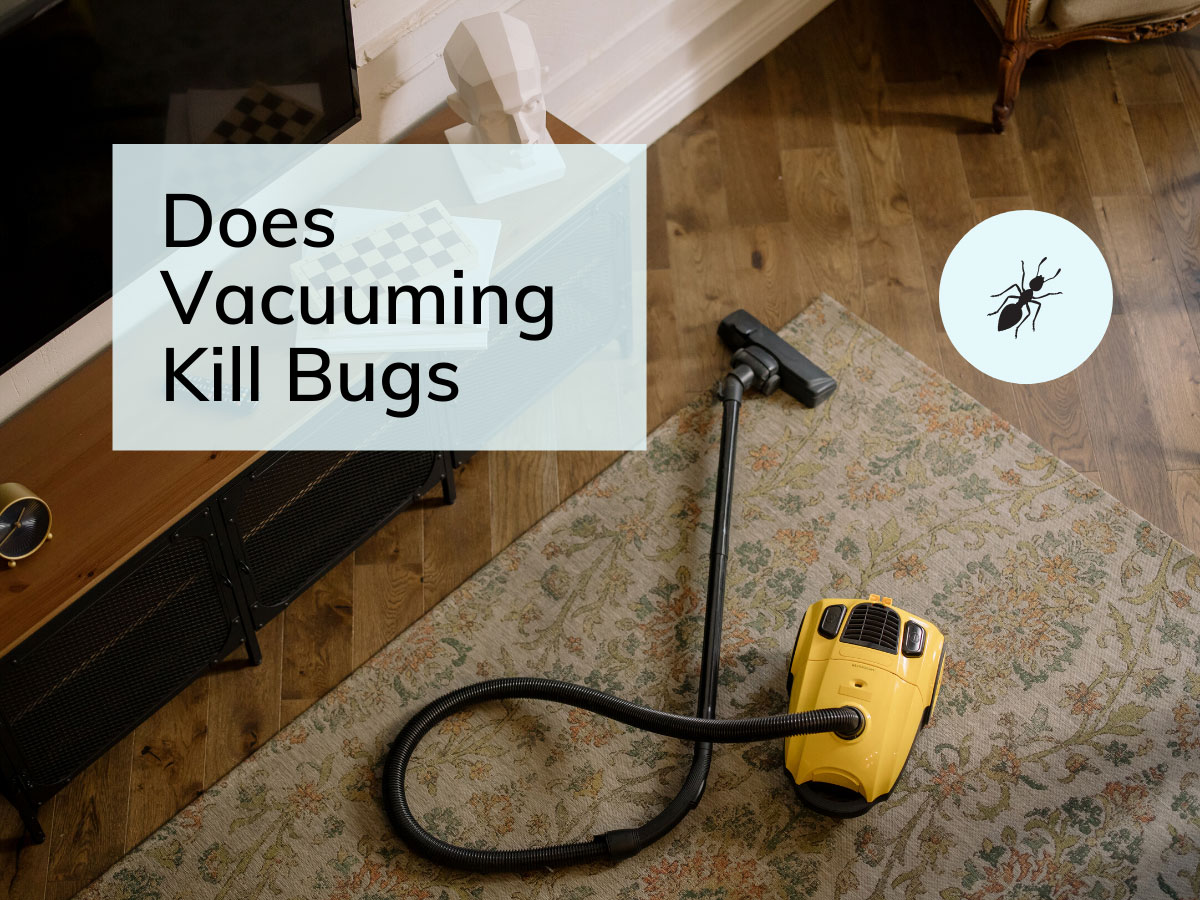
Vacuuming is a great way to eliminate many bug types that live in beds, including dust mites and bed bugs. Vacuuming the mattress, box springs and bed frame can help to remove both eggs and adult bugs. To ensure thorough cleaning, use a crevice tool to get into all the small cracks and crevices of the bed frame. Vacuum the mattress, box springs and bed frame once a month, and dispose of the vacuum bag in an outside trash container.
2 Steam Cleaning
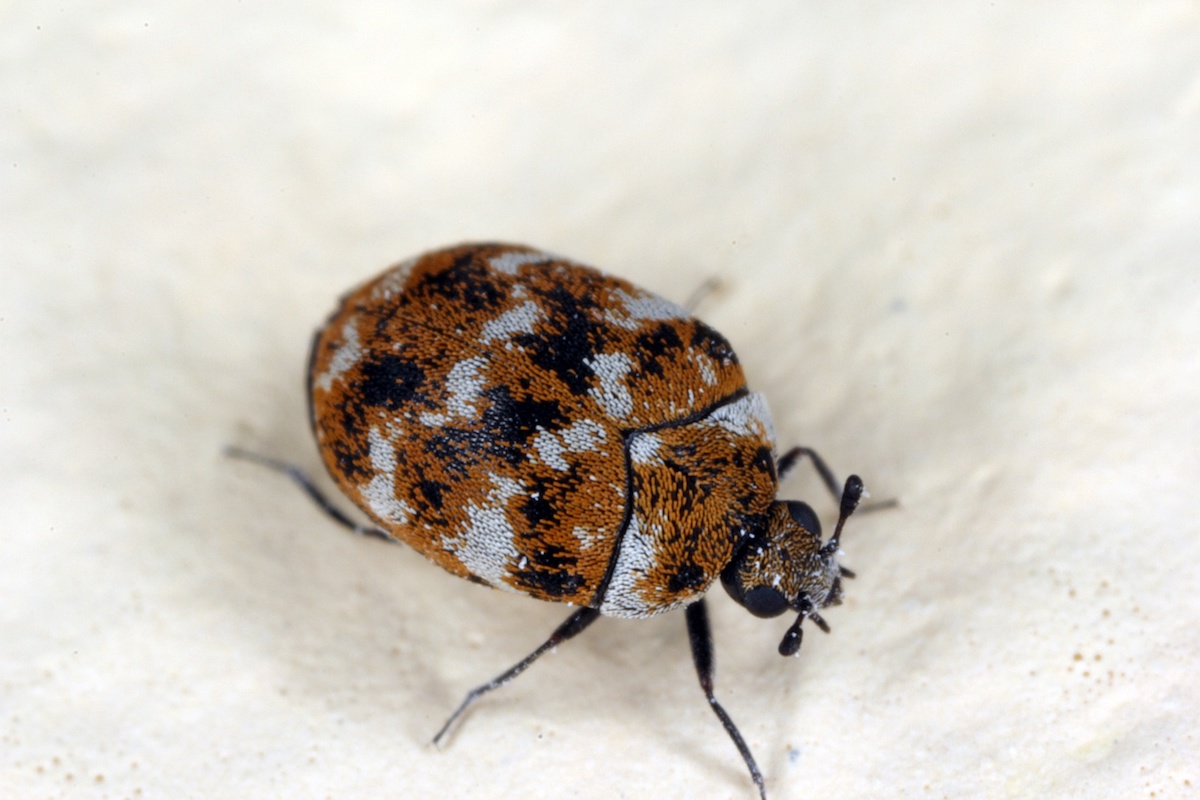
Steam cleaning is a great way to eliminate all types of bugs from your bedding. It is a deep cleaning process that penetrates the mattress surface to kill bed bugs, dust mites and other pests. The heat of the steam kills the bugs and other organisms on contact, and the high-pressure steam is able to reach into the tightest crevices of the mattress. It is also effective against lice, fleas and other parasites.
| Benefits | Drawbacks |
|---|---|
| Kills bugs on contact | Expensive |
| Reaches tight crevices | Time consuming |
| Effective against lice, fleas and other parasites | May not be able to reach all bugs |
Steam cleaning is a great way to rid your bedding of bugs, but it does come with some drawbacks. It can be expensive and time consuming. Additionally, it may not be able to reach all bugs, as some may be hidden in crevices and cracks that a steam cleaner cannot reach.
3 Insecticides
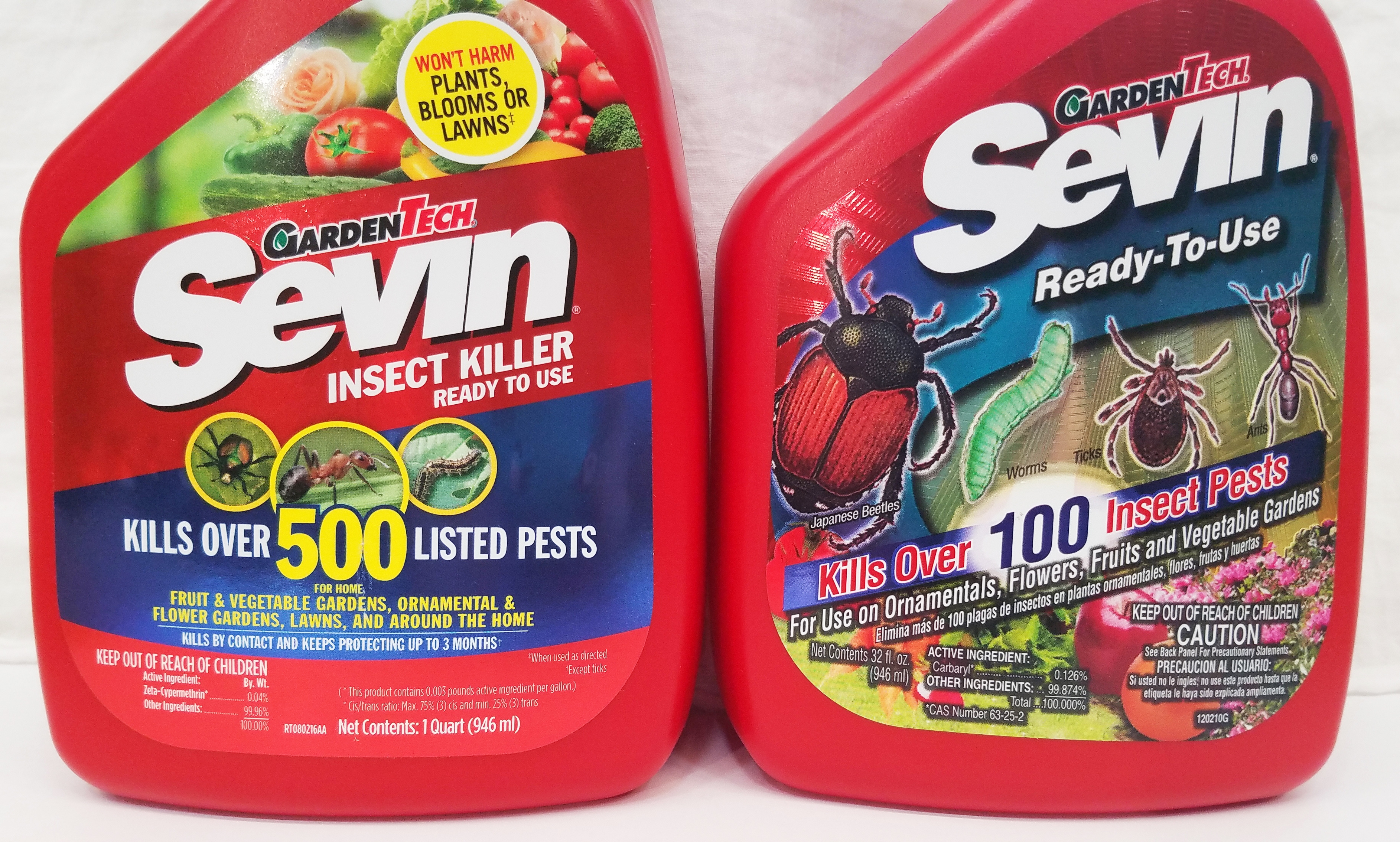
I’m looking to get rid of the bugs that live in my bed. To do this, I’m looking into insecticides. Here are 3 insecticides I’m looking into:
1. Pyrethroid: Pyrethroid is a synthetic insecticide made from the chrysanthemum flower. It works by disrupting the nerve cells of insects, and can be sprayed directly onto bedding and fabrics to kill bugs.
2. Diatomaceous Earth: Diatomaceous Earth is a natural insecticide made from the fossilized remains of tiny aquatic organisms. It works by cutting through the exoskeletons of bugs, causing them to dehydrate and die. It is safe to use around humans and pets, and can be spread on bedding.
3. Neem Oil: Neem Oil is an extract from the neem tree that has insecticidal properties. It works by disrupting the hormone balance of insects, making it difficult for them to reproduce and feed. It can be sprayed directly on bedding and fabrics, and is safe to use around humans and pets.
4 Bed Covers
- Mattress Cover: It is a thin, fitted sheet made of a waterproof material that is designed to protect the mattress from liquid spills, dirt, and dust mites. It also helps to keep out bedbugs.
- Box Spring Cover: It is a thin, fitted sheet made of a waterproof material that is designed to protect the box spring from liquid spills, dirt, and dust mites. It can also help to keep out bedbugs.
- Pillow Cover: It is a thin, fitted sheet made of a waterproof material that is designed to protect the pillow from liquid spills, dirt, and dust mites. It can also help to keep out bedbugs.
- Duvet Cover: It is a thin, fitted sheet made of a waterproof material that is designed to protect the duvet from liquid spills, dirt, and dust mites. It can also help to keep out bedbugs.
Bed covers are an effective way to keep bedbugs out of your bedding. They can also help to keep your mattress, box spring, pillow, and duvet clean and free from allergens. It is important to make sure that the bed covers you choose are waterproof and designed to keep out bedbugs.
Prevention
I can take proactive steps to reduce my chances of coming into contact with bed bugs. First and foremost, I should regularly inspect my mattress, box spring, and bed frame for signs of infestation. I should check for the bugs themselves, their shed skins, and any dark spots that could indicate their droppings. I should also be checking any furniture or items in the room that I may have brought home from outside sources. Additionally, I should take care to not bring any used items into the home, like used furniture or bedding. Vacuuming the mattress and box spring can also help to reduce the chances of an infestation. Finally, I should use a mattress and box spring encasement to further protect against bed bugs.
Frequently Asked Questions
How do I know if I have bugs living in my bed?
The most common sign of bed bugs is bites on the skin, usually on exposed areas such as the face, neck, arms, and hands. Bed bugs also leave behind bite marks, which are red and itchy. Other signs of bed bugs include dark spots on sheets, mattresses, and furniture, as well as a sweet, musty smell. To confirm if bed bugs are present, use a magnifying glass to identify the bugs or their eggs in the seams of mattresses, box springs, and other furniture.
Are there any signs I should look for that indicate bugs living in my mattress?
Bugs in mattresses can be difficult to detect as they tend to hide during the day. Signs to look out for include small spots or stains on your mattress that may be caused by droppings or fluids from the bugs. Bed bugs may also leave behind a musty odor, and their eggs or empty eggshells may be visible on the mattress. If you suspect you have bed bugs, contact a professional pest control expert to inspect and treat your mattress.
What types of bugs can make my bed their home?
Bedbugs, dust mites, and carpet beetles are the most common bugs found in beds. Bedbugs feed on human blood and hide in mattress seams, box springs, bed frames, and headboards. Dust mites are microscopic bugs that live in mattresses, pillows, and bedding, where they feed on dead skin cells and other debris. Carpet beetles are small, oval-shaped insects that can lay eggs in carpets, furniture, and bedding, and feed on fabrics and pet fur.
What can I do to prevent bugs from living in my bed?
To prevent bugs from living in your bed, regularly wash and dry your sheets, pillows and mattress covers, vacuum your mattress, box springs, and bed frame, and regularly inspect your bed for signs of bugs. Additionally, reduce clutter in your bedroom to make it more difficult for bugs to hide, and use a mattress and pillow encasement to further deter bugs. Finally, avoid second-hand furniture and inspect new furniture for signs of bug infestation before bringing it into your home.
Are There Any Home Remedies to Get Rid of Bugs Living in My Mattress?
Vacuuming and washing bedding, linens, and clothing in hot water are two of the most effective methods for getting rid of bugs living in your mattress. Additionally, using a steam cleaner or applying diatomaceous earth on the mattress and box spring can help eliminate bugs. Spraying the mattress with rubbing alcohol or white vinegar may help repel them, as well. Finally, you can use bug traps and insecticides to get rid of bugs living in your mattress.
Conclusion
Bedbugs, dust mites, fleas, and ticks are the most common types of bugs that make beds their home. Bedbugs feed on human blood, while dust mites feed on dead skin cells. Fleas and ticks are parasitic and feed on the blood of humans and animals. It is important to identify the type of bug that is in your bed, in order to determine the best course of action. If you think you have a bug infestation, contact a pest control professional right away. Taking proactive steps to prevent bugs from entering your bed in the first place is also important. Regularly washing bedding, vacuuming and treating mattresses and upholstered furniture, and sealing cracks and crevices can help keep bugs away.
